Text
How was Donald O’Connor even real
youtube
2 notes
·
View notes
Text
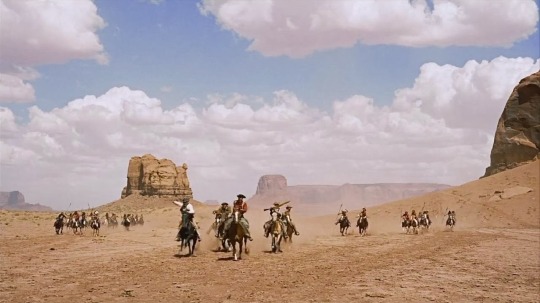
The Searcher (1956) directed by John Ford.
1 note
·
View note
Text
Just a friendly reminder that On the Waterfront (1954) starring Marlon Brando was written as an attempt to demonize unions and support McCarthyism. Director Elia Kazan had testified before The House Un-American Committee, and ended the careers of eight of his friends by identifying them as communists and blacklisting them. Afterwards, when he agreed to direct the film, he demanded that writer Arthur Miller replace the film’s antagonists with Marxists. When Miller refused, he was dismissed.

On the Waterfront is a beautifully shot film, and a masterpiece in deep-focus photography. However, I’m not sure if many contemporary viewers realize how controversial it was at the time of its release.
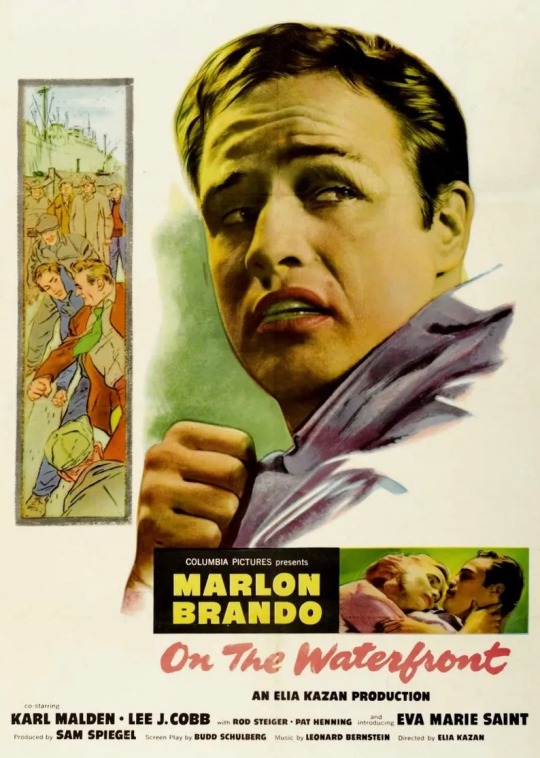
#film#classic Hollywood#communism#house unamerican committee#blacklisting#1950s movies#marlon Brando#black and white
6 notes
·
View notes
Text
In 1922, Robert J Flaherty released Nanook of the North, a film most would consider to be the first documentary. The film was billed as footage that Flaherty had captured during his trip to Northern Canada, of an Inuk man named Nanook and his family. However, the supposed “documentary” was more fiction than reality.

In reality, Nanook’s name was Allakariallak. He far more familiar with modern technology than the film would suggest (Flaherty forced him to stage a scene where he pretended to eat an audio record,) and his familial relations were false as well (one of the women identified as one of Allakariallak’s wives in the film was actually Flaherty’s wife.) Everything from the way he hunted to even his identity was staged, because Flaherty felt that the Inuk people’s way of life was ‘too modern.’
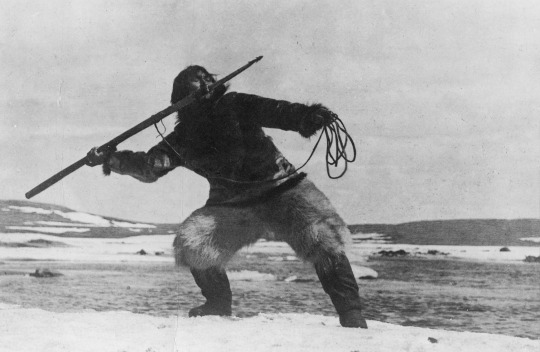
On top of that, most of the footage was filmed and directed by Inuk people who received no credit.
I find it sad, because I really want to know Allakariallak’s actual story. Unfortunately all we have is this piece of revisionist history.

1 note
·
View note
Text
Frank Capra really said, let’s make a movie about an idealistic young man who’s appointed to the US senate. We’ll start it off real slick, with a whole patriotism propaganda montage when he first gets to DC and everything. But THEN we’ll do a complete 180 and have the film show the corruption in the US senate. Anyways, it’s gonna be so controversial and piss the senators off so much that they’ll legally dismantle the studio system that’s dominated Hollywood for the past decade and a half.
He also said let’s cast James Stewart, Jean Arthur, and Claude Rains in some of their best roles ever for this film.
Anyways go watch it.
youtube
6 notes
·
View notes
Text
Paulette Goddard is the best part of Modern Times (1936). Fight me.


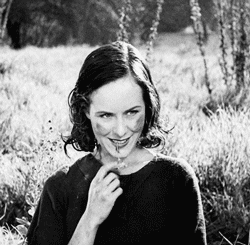





#charlie chaplin#charles chaplin#paulette goddard#film#movies#1930s hollywood#1930s cinema#modern times#comedy#old comedy#classic film
13 notes
·
View notes
Text
Mary Astor appreciation post
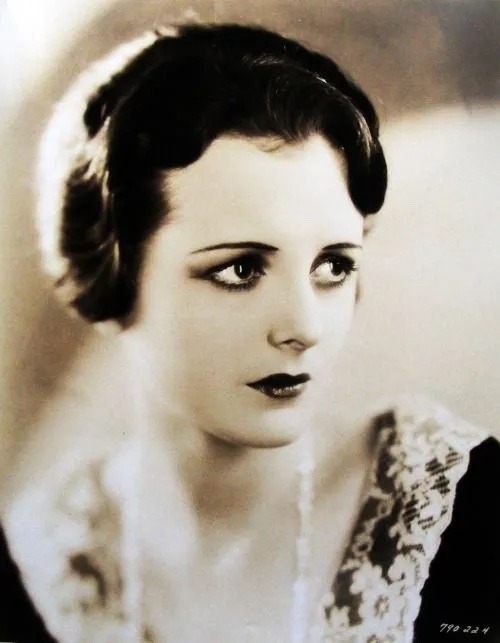

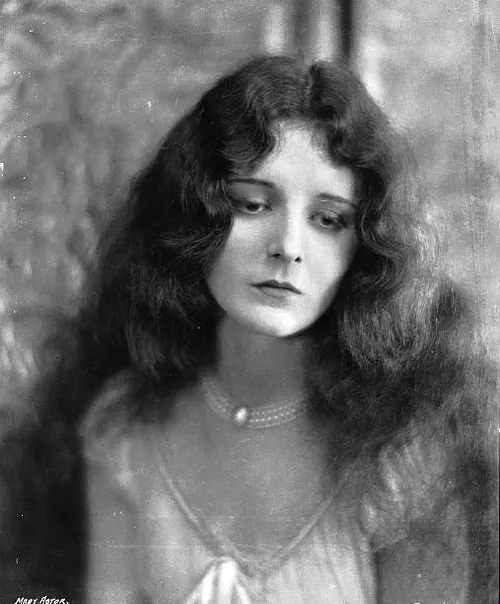
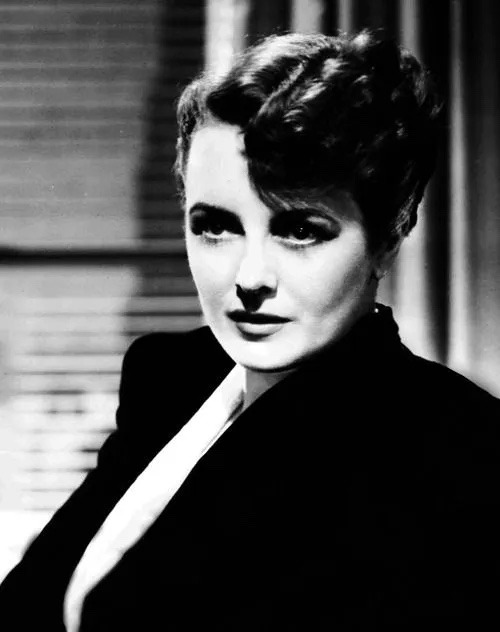
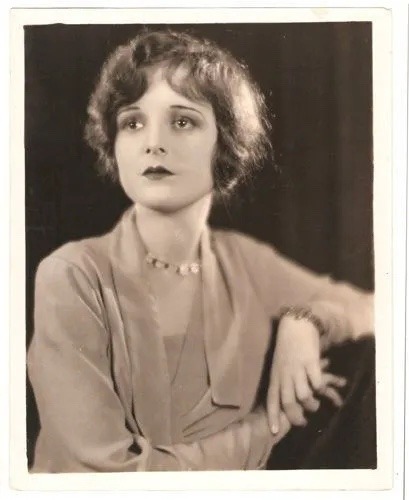
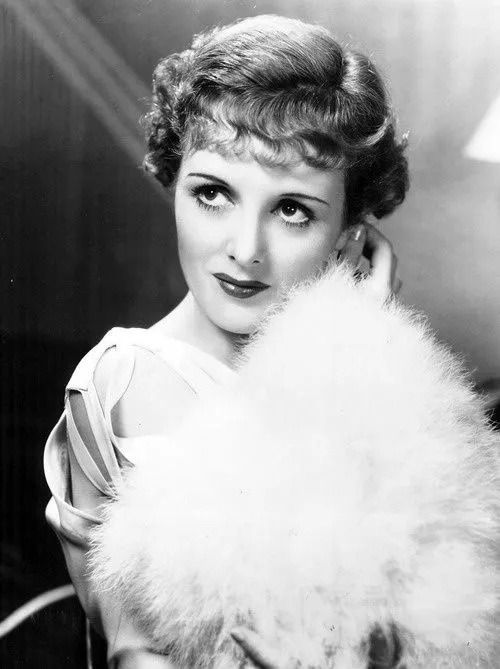
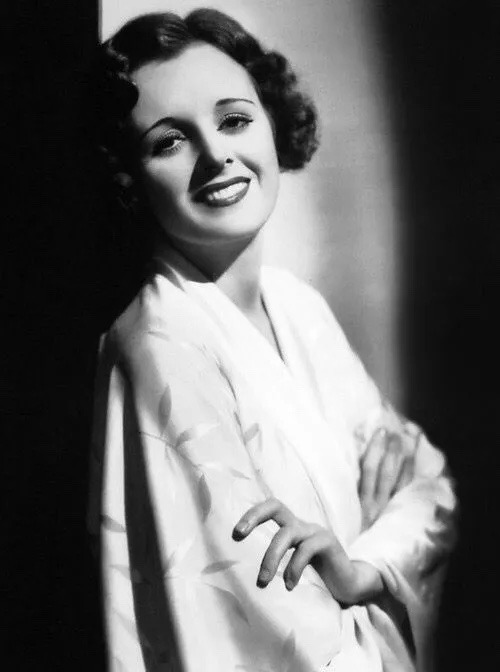

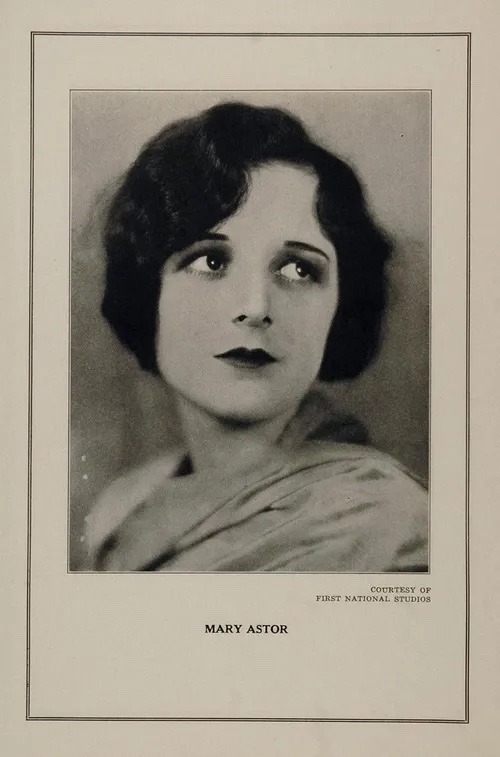
All photo credits go to their respective photographers.
#Mary Astor#actress#classic film#old hollywood#silent film#old movies#talkies#film noir#black and white
2 notes
·
View notes
Text
The Learning Tree (1969) is director Gordon Parks’ first feature length film, and the first film directed by a Black director for a major US film studio (Warner Brothers-Seven Arts in this case.) The film focuses on a snippet of the life of Newt Winger, a 14 year old living in Cherokee Flats, Kansas in the 1920s. The film was shot on location in Cherokee Flats, and is semi-autobiographical; based on a book Parks write six years earlier. It was inducted into the US Library of Congress’ National Film Registry in 1989.
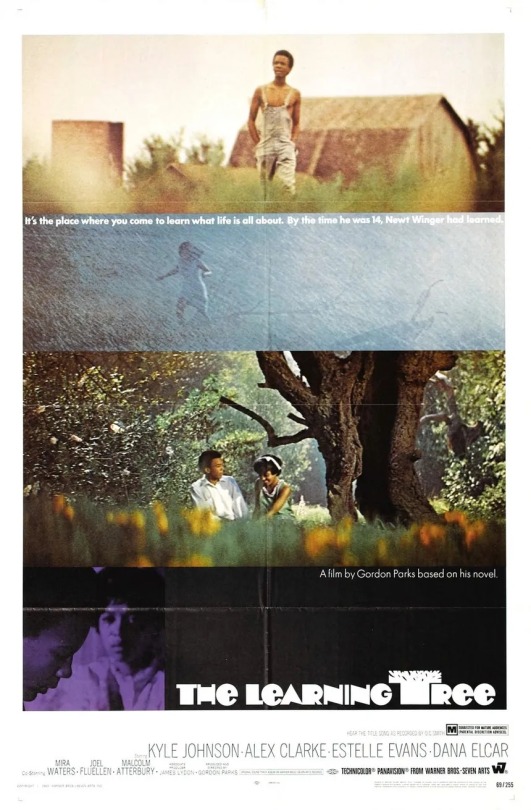
In my opinion it’s a beautifully shot and well-acted film. I recommend everyone watch it!
youtube
Content warning for (period typical) racism, white supremacy, and slurs. There is also gun violence and implied sexual content.
3 notes
·
View notes
Text
An early gay kiss on film, in Intolerance 1916 directed by DW Griffith.
youtube
It’s a goodbye between Belshazzar, Prince of Babylon (played by Alfred Paget), and a character known as the Mighty!an of Valor (played by Elmo Lincoln) before Babylon falls to the Persian army.
I’m not completely confident that it’s the FIRST gay kiss on film as the video’s title implies, but its definitely an early one. Maybe someone more versed in queer film history could help clarify?
Anyways the first time I saw this kiss I was a freshman in high school. I was doing homework and had the film open on another tab to listen to the soundtrack. I enlarged the tab right as the kiss happened. Needless to say, I made sure to go back and watch the full film.
8 notes
·
View notes
Text
I’m not a huge fan of Gone With the Wind (1939), but it’s score and use of silhouettes were two things the movie did right.
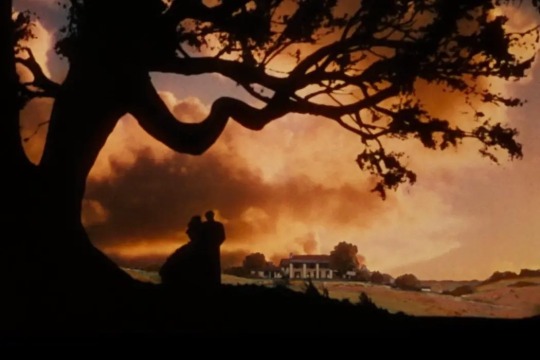

8 notes
·
View notes
Text
Sometimes I just think about all the different ways Buster Keaton could have died while filming The General (1926).
I know the shot around 1:55 in this video was particularly dangerous:
youtube
And so was riding the train wheel (around 0:40 seconds in):
youtube
Seriously, I have all the respect for silent era stuntmen + the actors like Keaton who did their own stunts.
#buster keaton#silent film#trains#the general#stunt#movies#film#movie stunts#silent movies#1920s#Youtube
16 notes
·
View notes
Text
Just a few of my favorite scenes from Dr Strangelove (1964):
youtube
youtube
youtube
0 notes
Text
Oftentimes when I see people talking about how to get into silent films, they list things like science fiction, horror, and comedy shorts as the most accessible. When I began exploring silent films in high school, I tried this. I watched a handful of films by Méliès, as well as some of Chaplin’s and Keaton’s shorts. My first feature length silent film was Nosferatu (1922), chosen only for its connection to SpongeBob. I didn’t connect with any of these films. My attention span wasn’t strong enough for the pacing, I felt too far removed from the style of acting, etc.
What I did manage to successfully watch a lot of were animated silent shorts. I viewed an ungodly amount of Felix the Cat, and Alice Comedies films, but my favorite series was Out of The Inkwell (later called Inkwell Imps.) This series was made by Max and Dave Fleischer and starred Koko the Clown. The series made frequent use of rotoscope, and later integrated live-action backgrounds and footage with the animation.
For awhile I believed I was doomed to never enjoy (live-action) silent films. The pictures I was told would be accessible just weren’t. And then I started watching the Library of Congress’ National Film Registry. One of the first silent films inducted in 1989 was King Vidor’s The Crowd (1928). I dreaded watching it. The synopsis seemed boring; it was about the life of an average joe. Would it be able to hold my attention for its (admittedly short) runtime?

The answer is yes. 100% yes.
While I didn’t immediately fall in love with it (the first silent film to hold that title would be Metropolis (1927), it moved me in a way films I had seen before didn’t. The rhythm of Vidor’s editing feels almost poetic. And as someone who was (unfortunately) raised on Marvel, I didn’t realize that films could have such an emotional impact at the time.
The Crowd is an extraordinary film about ordinary people. It expanded my view on movies and opened my eyes to the concept of cinema, and gave me the confidence to keep appreciating silent movies.
The moral of the story? Keep challenging yourself with what you watch! Don’t take other’s words on accessibility as gospel. You might just find your new favorite flick…
Unfortunately The Crowd doesn’t fall into the US Public Domain for another three and a half months. I’ll update this post with a link to the full film when it does.
2 notes
·
View notes
Text
Just an appreciation post for one of my favorite shots of all time: El Rancho crane shot in Citizen Kane (1941)
#orson welles#citizen Kane#film#movies#1940s#black and white#cinema#golden age Hollywood#old Hollywood#classic film
1 note
·
View note
Text
Currently thinking about that time I was watching a review for Space Jam: A New Legacy (2021) on YouTube and the reviewer complained about the scene where “they went into an old TV show.” And that “TV show” was actually Casablanca (1942).
Here’s the scene in question:
youtube
What’s most interesting to me about it is it’s not even the first time the Looney Tunes franchise has been involved with Casablanca.
In 1995 an adaptation of the film called “Carrotblanca” played before The Amazing Panda Adventure in US theaters and The Pebble and the Penguin internationally. It has (in my opinion) one of the best post Mel Blanc voice casts including Joe Alaskey, Bob Bergen, Maurice LaMarche, Greg Bryson, and Tress MacNeille. I believe MacNeille’s performance remains the only time Penelope Pussycat has been given a voice; something I really wish Warner Brothers would bring back to the character. The short’s music was composed by Richard Stone, who was often described as the stylistic successor to Carl Stalling and Milt Franklyn, the two most prolific Looney Tunes composers in The Golden Age.
Video starts around the two minute mark:
youtube

#Youtube#classic film#Casablanca#old Hollywood#animation#looney tunes#merrie melodies#bugs bunny#Daffy Duck#ingrid bergman#sylvester and tweety#Yosemite Sam#space jam#joe alaskey#tress macneille#maurice lamarche#bob bergen
6 notes
·
View notes
Text
Let’s talk about Harold Russell
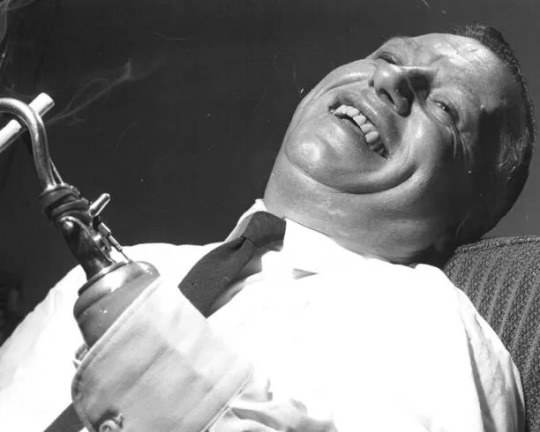
AKA: The only person to win two Oscars for the same performance.
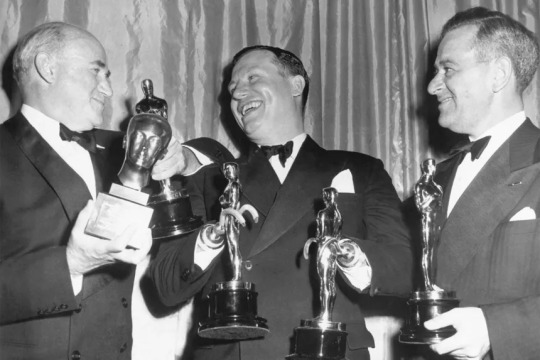
Russell wasn’t a professional actor. He was an US Army veteran who lost both of his hands in a training accident during WWII. After the accident he was the subject of “Diary of a Sergeant” (1945), a propaganda film about his recovery.
youtube
Director William Wyler saw the film and cast Russell as Homer Parrish in The Best Years of Our Lives (1946), a film about three veterans struggling to readjust to society after WWII. Russell starred alongside established actors Frederic March, Dana Andrews, Myrna Loy, and others.
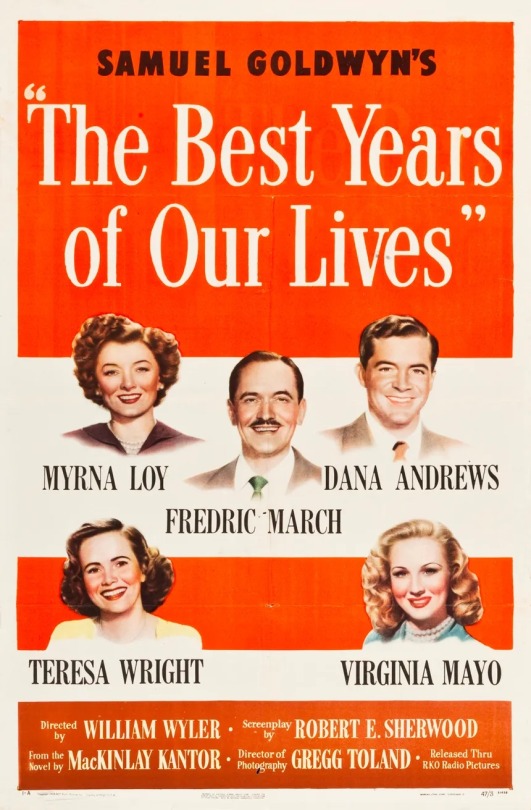
The film went on to win the Academy Award for Best Picture. Russell was nominated for Best Supporting Actor, but The Academy did not believe he would win. In order to honor him regardless, they gave him an Honorary Oscar. Russell ended up winning Best Supporting Actor as well, and the rest was history.
youtube
#old Hollywood#film#academy awards#1940s#Harold Russell#classic Hollywood#movies#old movies#film history#oscars#wwii#veterans#amputee
1 note
·
View note